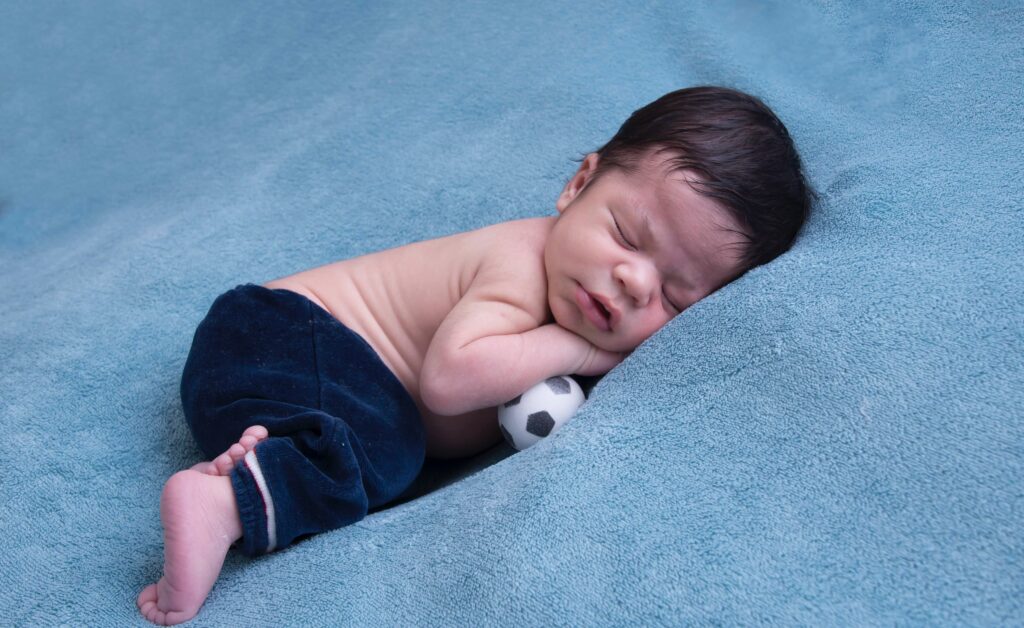Are Plagiocephaly And SIDS Connected?
Introduction
As a parent, your greatest joy is seeing your little one grow and thrive. But with that can come some worrying moments, especially when it comes to the health of your child. One such health concern is plagiocephaly—a head shape deformity caused by abnormal skull development—and its link to Sudden Infant Death Syndrome (SIDS).
In this article, we’ll provide an overview of plagiocephaly and SIDS, explore the link between them, as well as offer some tips for parents on avoiding the use of positioning pillows. By understanding more about the potential connection between plagiocephaly and SIDS, you can take the right steps to protect your baby’s health.
Let’s start by looking at plagiocephaly and SIDS in more detail.
What is Plagiocephaly?
Plagiocephaly, also known as flat head syndrome, is a condition characterized by an asymmetrical shape of the skull due to pressure on one side. The most common causes of plagiocephaly are the baby sleeping on their back, as well as spending extended periods of time in a car seat or carrier.
Fortunately, this condition is usually painless and may not interfere with your child’s development. However, it can affect your baby’s facial features and may require corrective measures such as helmets to reshape their heads.
What is SIDS?
Sudden Infant Death Syndrome (SIDS) is defined as the sudden and unexpected death of an infant under one year of age that cannot be explained even after a thorough investigation has been conducted. While it’s still not known exactly what causes SIDS, there are some risk factors and prevention strategies that parents can take to protect their babies.
SIDS Risk Factors and Prevention Strategies
Some of the known risk factors for SIDS include parental smoking, baby sleeping on their stomach, as well as exposure to second-hand smoke or alcohol during pregnancy. Additionally, premature birth and low birth weight can also increase a baby’s risk of SIDS.
To reduce the risk of SIDS, it’s important to always place your baby on their back to sleep and make sure they are placed in a crib or bassinet without any soft objects such as pillows, blankets, or stuffed animals. Additionally, placing your baby on their side for sleeping is not recommended as this has been linked to an increased risk of SIDS.
The Link Between Plagiocephaly and SIDS
While the exact link between plagiocephaly and SIDS is still unclear, some experts believe that there may be a connection. The theory is that infants with flat spots on their heads tend to sleep in an awkward position which can affect their breathing and increase the risk of SIDS.
To reduce the risk of SIDS, it’s important that parents take measures to reduce or avoid plagiocephaly in their babies. This includes things such as changing your baby’s head position on a regular basis, and avoiding activities such as too much time on their backs or in car seats which can cause infants to develop flat spots.
Avoiding The Use of Positioning Pillows
Another important factor to consider in reducing the risk of SIDS is avoiding the use of positioning pillows, which are designed to keep babies in a certain position while they sleep. While these may seem like a convenient way to help your baby’s plagiocephaly, positioning pillows may lead to an increased risk of SIDS.
Conclusion
The link between plagiocephaly and SIDS is still uncertain, but it’s important for parents to take steps to reduce their baby’s risk of developing the flat spots that can be associated with plagiocephaly. Parents should also avoid positioning pillows when placing their baby to sleep, as these may increase their risk of SIDS.
By taking the necessary steps to reduce the risks associated with plagiocephaly and SIDS, parents can help keep their babies safe and sound. Please remember to always follow your doctor’s instructions and recommendations for a healthy and happy infant.

